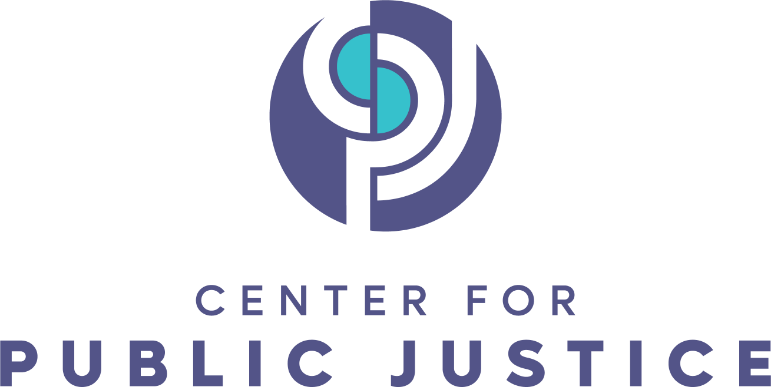In mid-2011, after Congress had adopted the Affordable Care Act to broaden access to health insurance, the federal Department of Health and Human Services (HHS) issued a regulation requiring employer health plans to cover every FDA-approved contraceptive method, including several contraceptive drugs that various religious communities regard to be abortifacients. There was a minimal religious employer exemption. Many secular employers, including many very large ones, were exempt from the new requirement for various reasons.
The requirement that health plans must cover even abortifacients and the constricted religious exemption, set off years of advocacy to HHS, the White House, and Congress, including from IRFA, and multiple lawsuits from religious organizations and from businesses with religious concerns. Several of the lawsuits ended up with U.S. Supreme Court decisions, such as the Hobby Lobby decision (2014) and cases involving Little Sisters of the Poor, an organization of Catholic nuns who resisted supporting contraceptives and abortifacients. In 2017, HHS finally promulgated a revised contraceptives regulation that resolved the pressing concerns of religious organizations and businesses with religious objections.
Initially, because the regulation concerned the coverage of contraceptives—procedures and pharmaceuticals whose use conflicts with official Catholic Church doctrine—many in and out of government believed that the main concern about the mandate would come from Catholic organizations—Catholic churches, religious orders, schools, hospitals, local Catholic Charities agencies.
